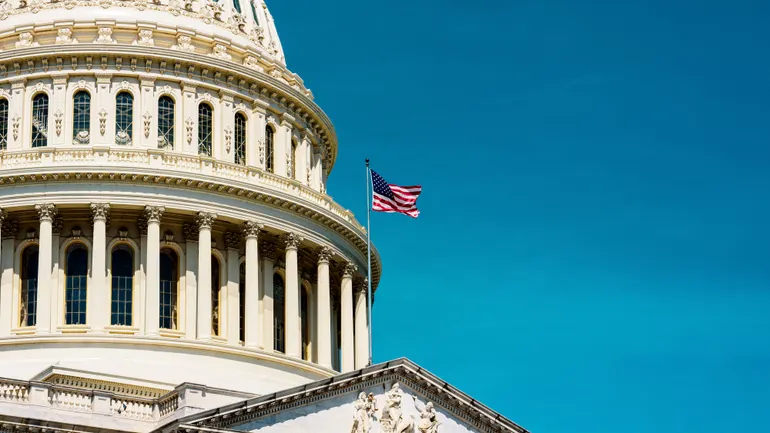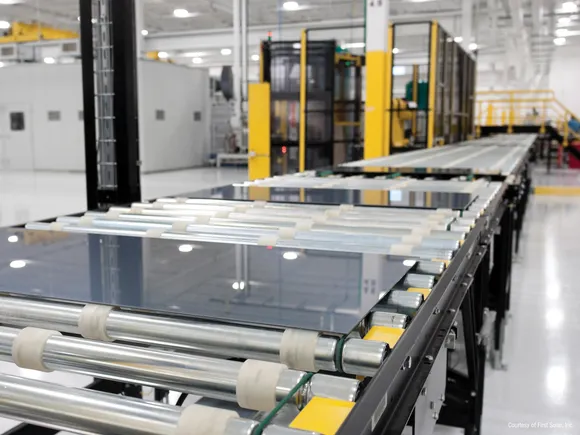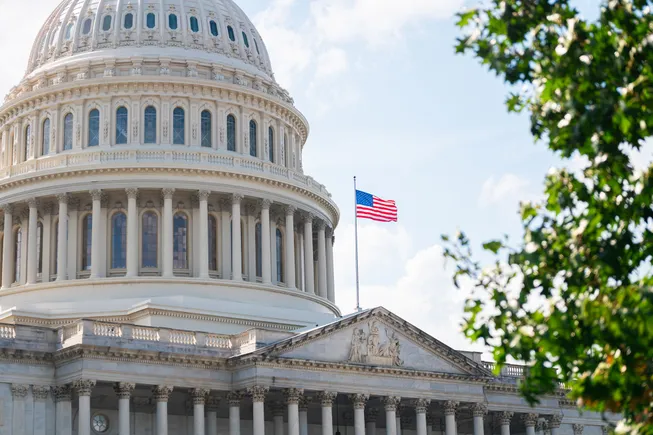How Ozempic Changed the Way I Taste Wine
GLP-1s don’t magically rewire one’s taste buds—but the medications can affect satiety cues and general thinking about alcohol. [...] Read More... The post How Ozempic Changed the Way I Taste Wine appeared first on Wine Enthusiast.
It’s time to come clean. I am a drinks writer who takes a GLP-1 medication. There, I said it.
Even though appetite-suppressing medications have taken the country by storm, there remains a gnawing stigma around actually admitting that you’re among the millions who are on one. There’s so much to be said about why—the deep fat phobia pervasive in society, the notion that taking these medicines is somehow “cheating,” the exorbitant cost of being on one long term.
But for someone in my profession, copping to GLP-1 usage has thornier implications. People say, “Don’t trust a skinny chef.” Why should you trust a drinks writer who doesn’t drink? Well, I do still drink, just in a completely different way.
GLP-1s don’t merely curb one’s desire to eat; research suggests that they target pleasure centers in the brain, reducing urges to partake in a variety of vices, including gambling, compulsive shopping, and, yes, drinking. There’s even speculation that GLP-1s could one day be used as a treatment for alcohol use disorder.
I’ve never been a problematic drinker, and the triple whammy of pandemic, parenthood and aging had already forced me to reduce my alcohol intake. Let’s just say that four rounds of drinks hits differently at 38 than at 28, especially if you have a toddler who might wake up at 2 am. (Hungover parenting is a circle of hell.)
“People say, ’Don’t trust a
skinny chef.’ Why should
you trust a drinks writer who
doesn’t drink?”
Still, I drank a considerable amount due to the nature of my profession. So once I started taking GLP-1s, my main fear revolved around my ability to do my job adequately. Would I be able to taste my way through a flight of Rioja? Convincingly weigh in on the rise of Cabernet Franc? Have borderline-violent opinions on the correct level of filthiness in a dirty gin martini?
The answer is, much to my relief, yes.
It turns out that GLP-1s don’t magically rewire one’s taste buds. In my case, they realigned my satiety cues and general thinking about alcohol. It’s true that I am now compelled to drink less. The desire strikes less often, and when I do drink, I consume smaller quantities. On the other hand, I am more easily satisfied. As a result, I wind up seeking drinks of higher quality and complexity than I might have otherwise.
In other words: I drink less, but better. If I need to assess a drink’s quality, I’m taking two sips instead of downing the whole glass. I’m rolling it around in my mouth a little longer, because I may not be taking another swig. I always look up the Wine Enthusiast review of a bottle before ordering it. (Confession: I pretty much drink whatever our Writers at Large tell me.)
I can’t help but think of the line uttered by the restaurant critic Anton Ego in Ratatouille. “If I don’t love it, I don’t swallow,” he menaces.
I guess GLP-1s have made me even more of a snob? If that’s the worst side effect, I’ll take it.
More Health Coverage
- Healthy or hazardous? Unpacking wine’s latest ride on the wellness roller coaster.
- Even if it’s all (mostly) been debunked, the long history of wine as medicine is a fascinating one.
- Heads up: Warning labels on alcohol may be coming.
- At long last, hospitality leaders are normalizing and prioritizing mental health.

From the Shop
Find Your Wine a Home
Our selection of red wine glasses is the best way to enjoy the wine’s subtle aromas and bright flavors.
The post How Ozempic Changed the Way I Taste Wine appeared first on Wine Enthusiast.







































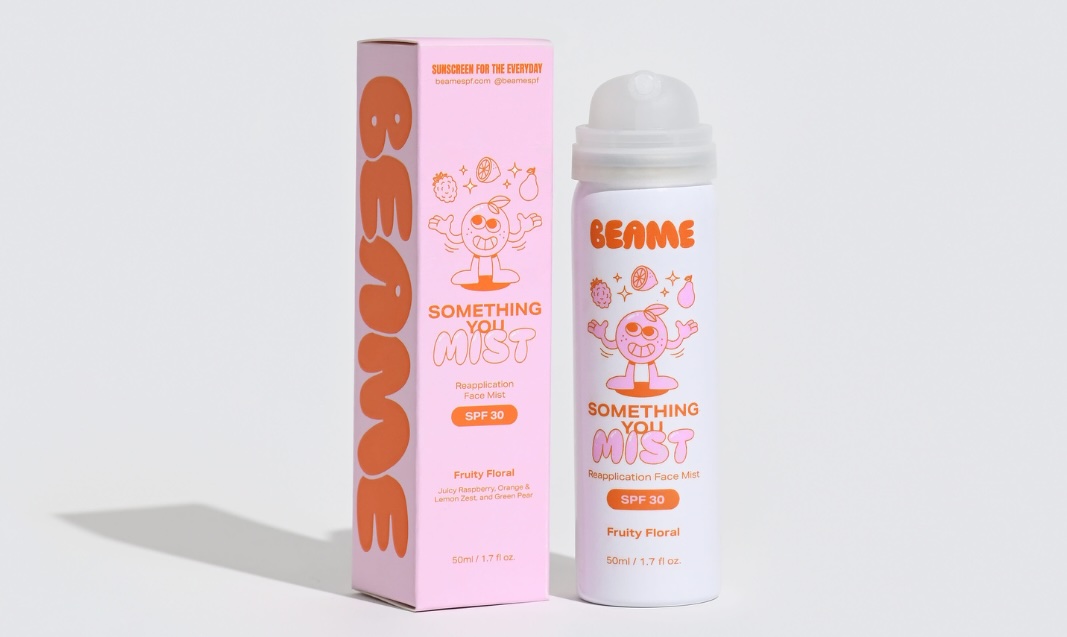























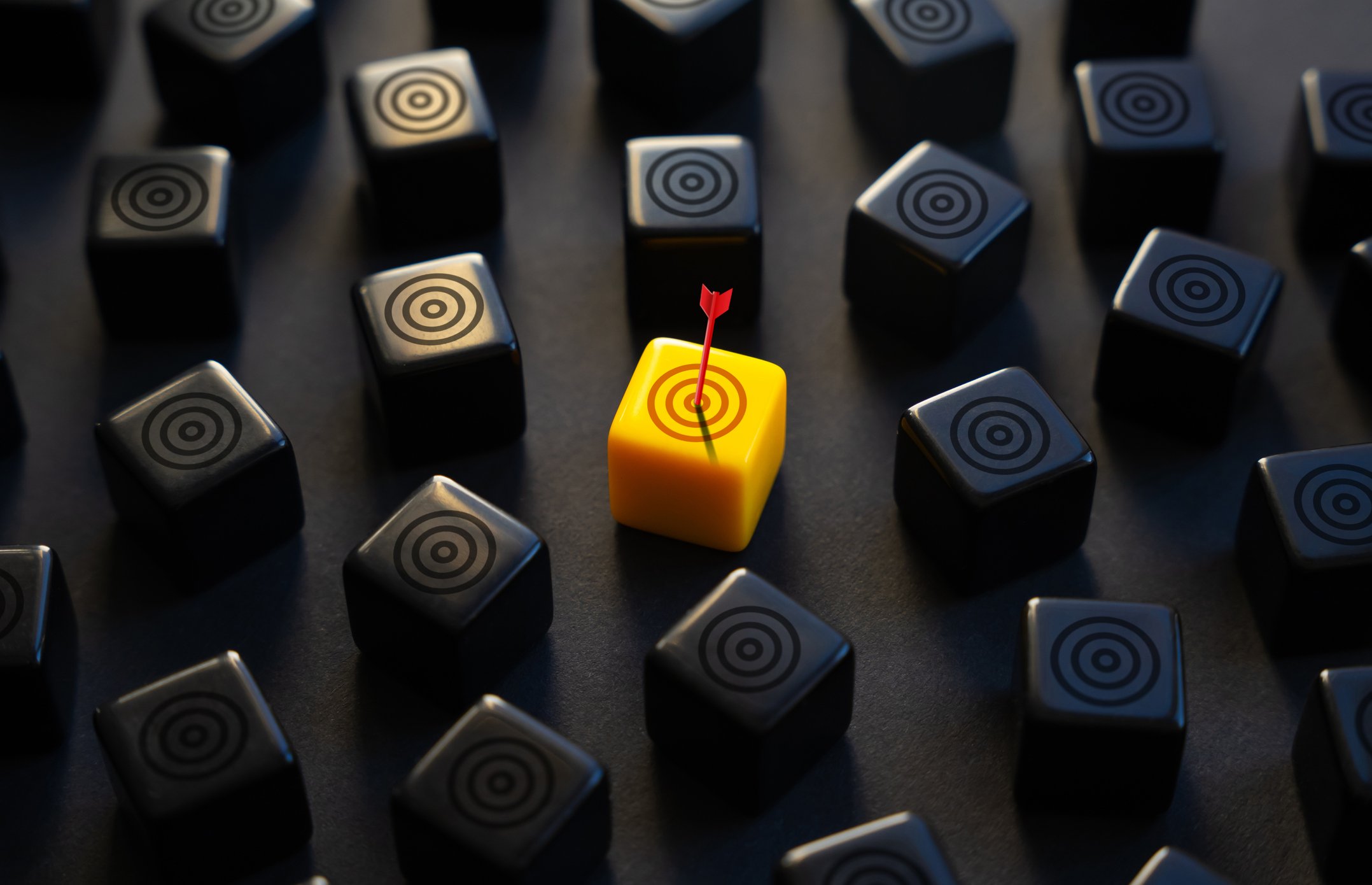

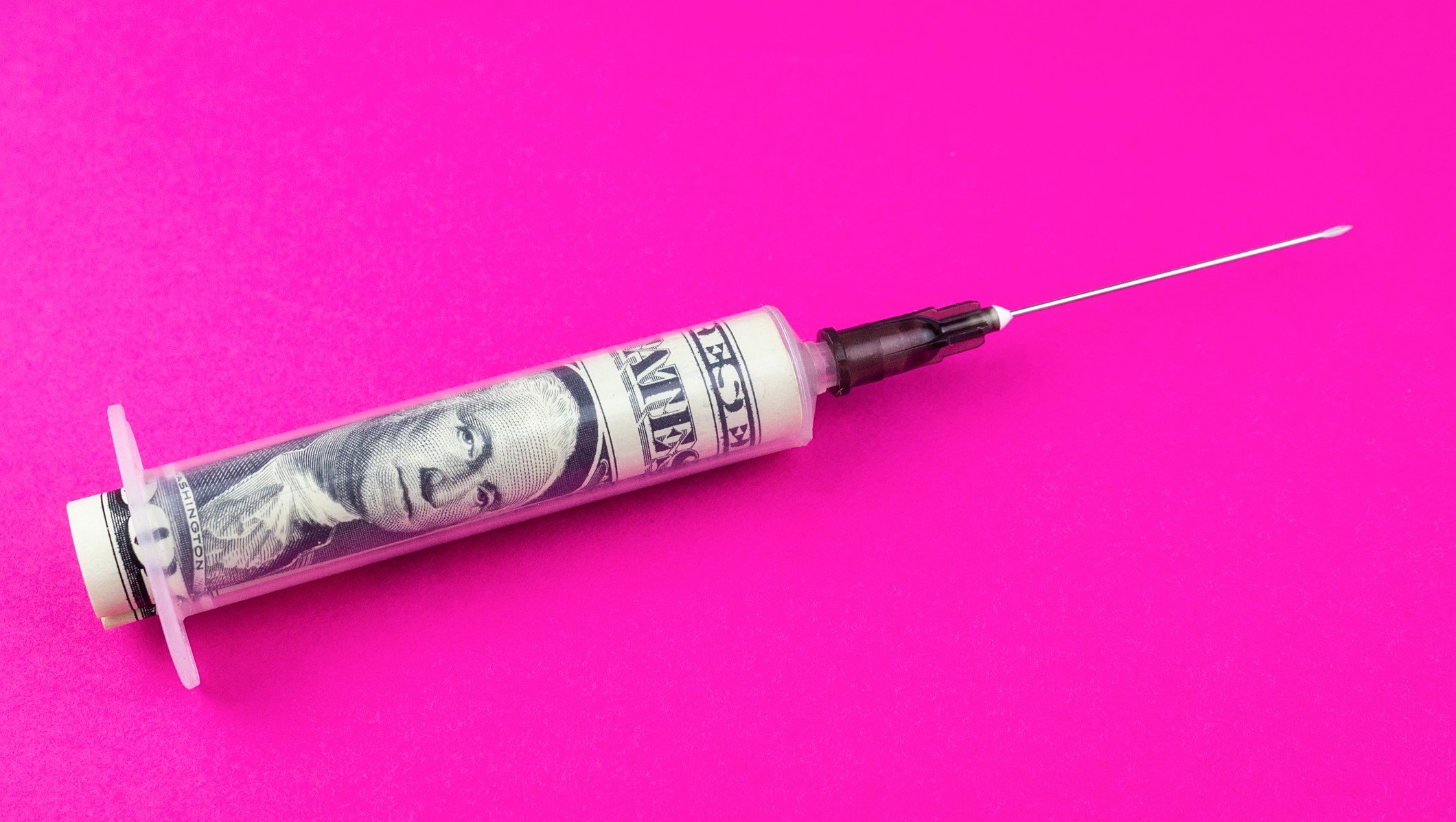
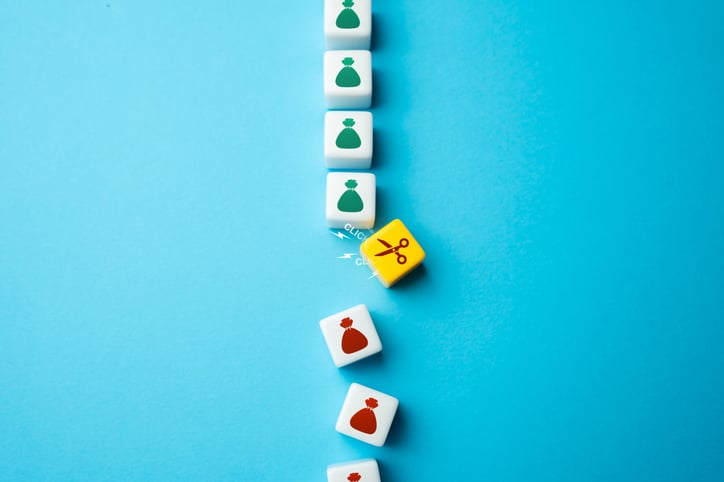
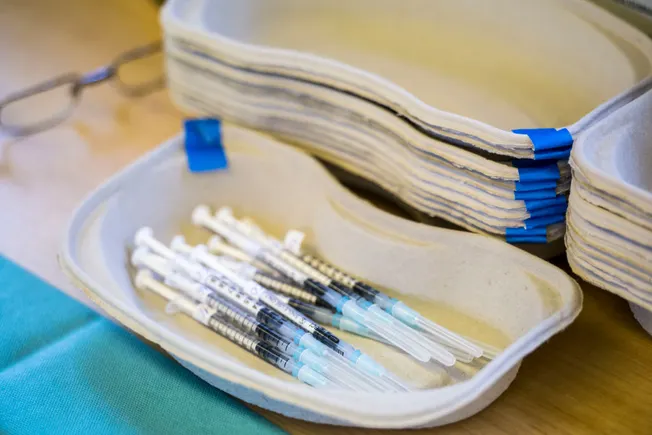
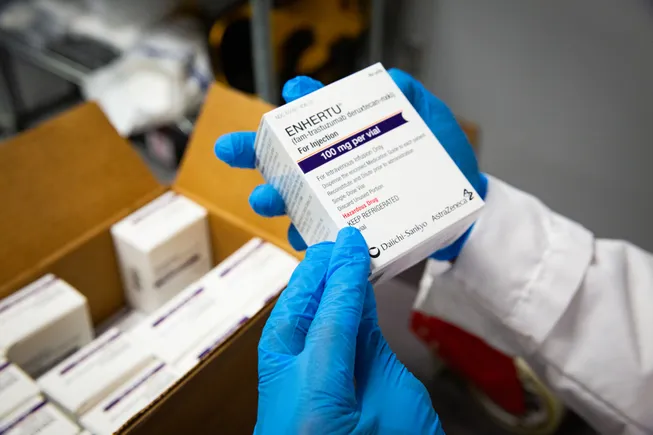
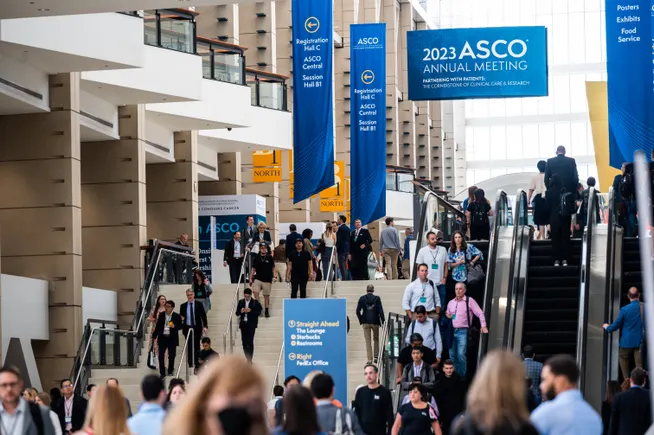
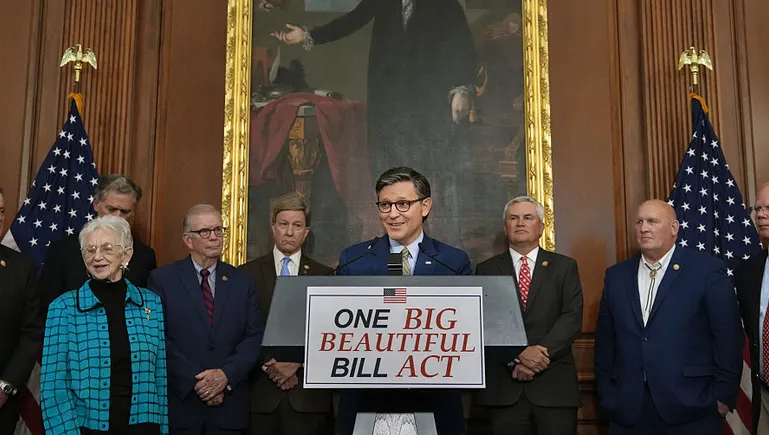
















![The F-35’s future: The power and cooling competition that could change everything [Video]](https://breakingdefense.com/wp-content/uploads/sites/3/2024/09/240924_F35_moon_USAF-scaled-e1727200160419.jpg?#)


















































